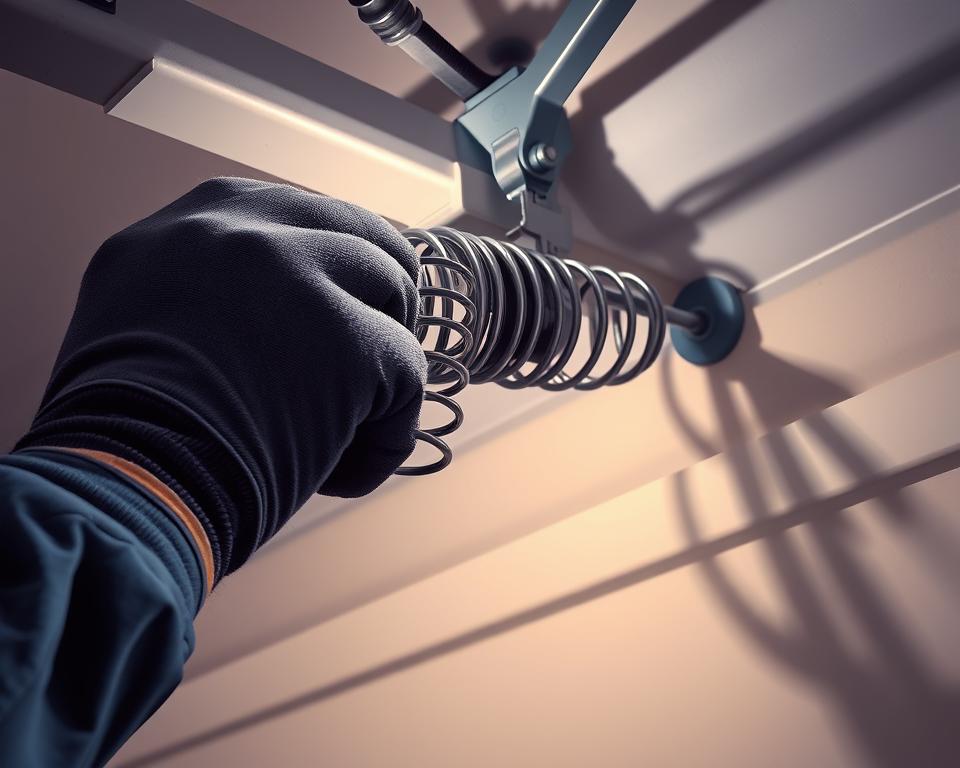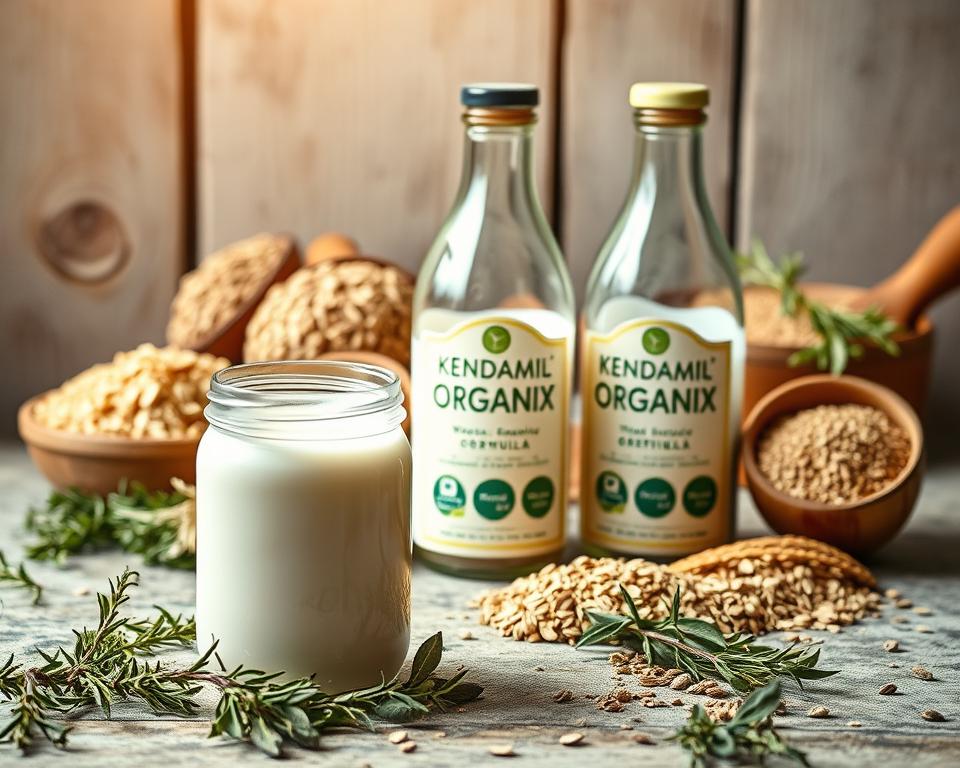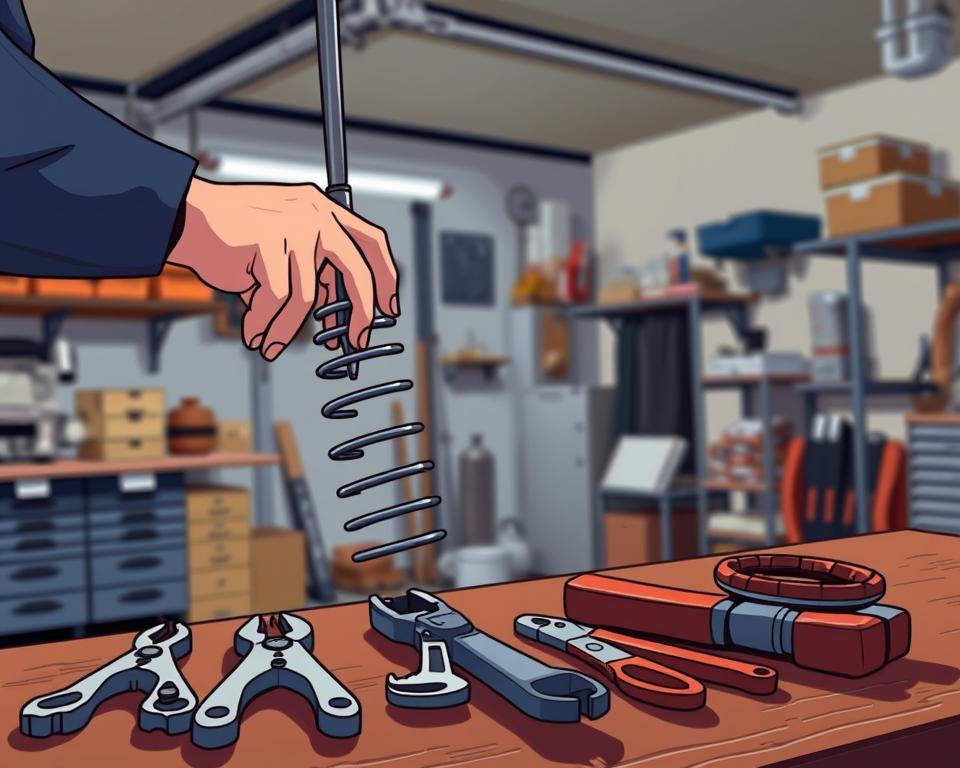Garage Door Spring Repair in Long Beach – Professional Solutions
Have you ever reflected on how heavily you depend on your garage door? What if its springs abruptly broke? At Coastline Garage Doors, we supply premium garage door spring restoration in Long Beach to ensure your door operates seamlessly and securely. Our skilled technicians are specialists in both torsion and extension springs, keeping your home or business secure. Neglecting garage door spring repair can result in more than merely inconvenience; it can also pose safety risks.
Our rapid and dependable garage door spring repair service in Long Beach guarantees that you’re never left isolated. We also offer emergency garage door spring restoration in Long Beach for those unexpected moments.
Fundamental Learnings
- Comprehending the importance of garage door springs for safety and ease of use.
- Coastline Garage Doors excels in rapid and proficient restorations.
- Professional technicians are equipped to address both torsion and extension springs.
- Urgent repair solutions confirm your door is repaired when you need it most.
- Regular maintenance can avert costly repairs down the road.
Understanding Garage Door Springs
Garage door springs are crucial for the seamless functioning of garage doors. They store and discharge energy, offsetting the door’s weight against gravitational pull. Knowing their mechanics is essential for property owners. Torsion springs, positioned above the door, utilize torque to lift it. Extension springs, situated on the sides, offset the door’s mass.
Regular maintenance is critical for these components’ longevity. A timely garage door spring adjustment Long Beach can avert expensive issues. homeowners should observe their garage door’s performance. Knowing when to change garage door torsion springs Long Beach is vital. Preventative spring care prolongs the life of the garage door system.
Symptoms You Need Garage Door Spring Repair
residents should be alert for indications that denote the necessity for garage door spring repair. Early intervention can stop additional deterioration and enhance safety. Identifying these clues ensures prompt support from Long Beach garage door spring experts.
Odd Noises Throughout Functioning
Odd sounds from your garage door might signal spring issues. Thundering banging or persistent creaking frequently indicate malfunctioning springs. These audible cues are a definite warning that demands instant attention. Neglecting them could cause more severe problems.
Uneven Door Movement
Uneven door movement is another concerning sign. If the garage door stalls, lags, or moves irregularly, it might signal a deteriorating spring system. Such actions not only hampers access but also presents a risk of accidents. For reliable garage door spring repair near me Long Beach, get in touch with local experts who can assess and fix the problem swiftly.

Varieties of Garage Door Springs
Comprehending the types of garage door springs is key for those contemplating garage door spring setup in Long Beach. There are two primary types: torsion springs and extension springs. Each fulfills its distinct role, matching different door styles and weight.
Explaining Torsion Springs
Torsion springs reside above the garage door, employing torque to raise and shut it. They are perfect for heavier doors, including commercial ones. These springs offer a more seamless operation, minimizing wear on the door mechanism. Their strong design also ensures they last longer, which is vital for garage door spring replacement services.
Correct installation of torsion springs is essential for security and function.
Understanding Extension Springs
Extension springs are located on either side of the garage door, utilizing tension to assist it operate. They stretch when the door shuts and retract when it lifts. While they’re easier to install and less costly, they might need more frequent upkeep. Selecting the right spring type can significantly affect your garage door’s performance and lifespan.
Knowing the difference helps homeowners in deciding between garage door spring installation in Long Beach and regular maintenance services.
Significance of Professional Garage Door Spring Repair
Choosing a professional garage door spring repair service Long Beach delivers notable benefits to residents. Garage door springs are under immense tension, posing a risk if not operated correctly. Any effort at fixing or substitution without proper training can be dangerous, resulting in severe injury or expensive damage.
Coastline Garage Doors has proficient technicians with a deep understanding of various spring mechanisms. Their knowledge guarantees that garage door spring repair in Long Beach is performed smoothly and successfully. By trusting experienced professionals, customers can expect both security and acceptable outcomes.
Experts also employ high-quality materials that enhance durability and lifespan. This commitment to quality lowers the probability of future issues and supports extended savings. Customers can have confidence in that the work will endure wear and tear, safeguarding their asset.
For clients seeking a dependable solution for their garage door spring issues, professional services are essential. Focusing on safety, efficiency, and quality, hiring experts guarantees that the garage door functions smoothly. It also lessens risks stemming from spring failures.
Garage Door Spring Repair in Long Beach
Coastline Garage Doors is your top choice for professional garage door spring repair in Long Beach. Our dedicated services ensure that your garage door operates securely and efficiently. We know how vital it is to address garage door issues promptly. That’s why our garage door spring repair service in Long Beach is designed for swift and reliable responses.
Our team specializes in repairing a wide range of garage door types and brands, focusing on both performance and safety. Whether you’re grappling with a damaged spring or requiring a full replacement, our technicians are prepared to assist. Customer satisfaction is our utmost priority. We strive to provide lasting solutions that keep your garage door running seamlessly.
Reasons for Spring Failure
Garage door springs are critical for your door’s function. Their failure can cause major problems. Knowing why springs fail assists homeowners prevent issues.
Impact of Routine Use
Daily use exerts considerable stress on garage door springs. Many systems operate multiple times a day, causing wear and tear. This constant use diminishes springs, resulting in their decline and fail. It’s essential to inspect for indications of wear early to stop failure. Consider obtaining garage door spring repair near me Long Beach to maintain your system in top condition.
Weather-Related Effects on Springs
Environmental factors can damage your garage door springs. Extreme temperatures, high humidity, and rust can harm them. Changing weather can also place stress on springs as metal expands and shrinks. Regular garage door extension spring repair Long Beach can support in fighting these environmental challenges. Safeguarding your springs not only prolongs their life but also ensures your garage door operating well.
Garage Door Spring Replacement Services
Coastline Garage Doors provides top-notch garage door spring replacement services. We attend to diverse needs and scenarios. Our proficient technicians are ready to handle both new garage door spring installation Long Beach and emergency garage door spring repair Long Beach. A efficient garage door is crucial for safety and ease. Prompt repairs and installations are imperative.
New Garage Door Spring Setup
Installing a new garage door spring requires precision and skill. Our team follows rigorous safety measures during the setup. We specialize in both torsion and extension springs. With high-premium materials and meticulous care, our installations improve functionality and longevity.
Emergency Garage Door Spring Repair
Garage door problems can arise suddenly. Our emergency garage door spring repair Long Beach services deliver immediate assistance. We understand the critical nature of a malfunctioning garage door. Our team is always prepared to address issues rapidly, making sure you restore access without delay.
Cost of Garage Door Spring Repair in Long Beach
The price of garage door spring repair in Long Beach is influenced by several factors. The kind of spring needing repair is a key factor. Torsion springs necessitate a more complex installation than extension springs, affecting the cost. The degree of the spring failure also impacts the cost. Small issues might just require adjustments, while severe damage could necessitate a full spring replacement.
Labor costs are another vital consideration. Experienced technicians, like those at Coastline Garage Doors, bill based on the job’s complexity and duration. It’s essential to have transparent pricing. Coastline Garage Doors provides free estimates, so that clients understand all expenses before work commences.
Investing in high-quality garage door spring repair in Long Beach enhances functionality and prolongs the door’s durability. This preventative approach can save expenses in the long run by minimizing the need for further repair or replacement.
| Type of Repair |
Approximate Cost |
| Torsion Spring Substitution |
$200 – $300 |
| Extension Spring Replacement |
$150 – $250 |
| Spring Tweak |
$100 – $150 |
| Emergency Repair Services |
$250 – $400 |
Why Choose Coastline Garage Doors for Spring Repairs?
Coastline Garage Doors is the leading choice for garage door spring repair service Long Beach. Our team of professionals is focused on delivering exceptional service. We use advanced tools and methods to promptly detect and resolve any issues, ensuring your security and satisfaction.
We are dedicated to using only the highest-quality parts, guaranteeing your garage door functions smoothly for years. Our pricing is transparent, with no hidden fees. Residents in Long Beach depend on us for reliable repairs and outstanding customer service.
Garage Door Spring Tweak Explained
Adjusting garage door springs is essential for preserving your door’s functionality and safety. It’s imperative to maintain the proper tension, as incorrect adjustments can cause problems. If the tension is off, the door might not open smoothly or get stuck. Conversely, too much tension can exert strain on the door and its components, leading to damage or injury.
Knowing how garage door springs operate is crucial to their proper operation. Without the proper adjustment, the door operates inefficiently, expediting wear on other parts. Coastline Garage Doors thrives in modifying garage door springs in Long Beach. We ensure your door operates efficiently and safely, regardless of the type.
Client Feedback and Success Stories
Feedback from our customers demonstrates Coastline Garage Doors as the top Long Beach garage door spring specialists. Many have shared their positive experiences, highlighting our quick and efficient garage door spring repair service Long Beach. Our technicians are commended for their expertise and swift issue resolution.
Success stories underscore our commitment to customer satisfaction. For instance, one customer noted how we swiftly resolved an urgent spring failure. We recovered their garage door’s functionality in just a few hours. Such feedback solidifies our standing, proving our role in providing peace of mind during unexpected situations.
These testimonials attest to the quality of workmanship and the commitment of our team. Coastline Garage Doors remains as the preferred choice for homeowners in search of reliable garage door spring solutions.
Timing for Your Garage Door Spring Check-Up
Routine inspections are crucial to prolonging your garage door springs’ durability. Property owners should observe signs of wear, such as odd noises or irregular door movement. Neglecting these signs can result in bigger problems later.
Annual maintenance check-ups are recommended, during which the springs are thoroughly inspected for wear and modified as needed. Coastline Garage Doors encourages residents of Long Beach to arrange inspections. This preventative approach helps catch early problems and ensures your garage door functions safely and reliably.
Final Thoughts
Coastline Garage Doors is committed to delivering top-notch garage door spring repair services in Long Beach. It’s vital to grasp the role and significance of your garage door springs for their longevity and your safety. Spotting signs of wear, like odd noises or irregular movement, helps property owners tackle problems early.
Our dedication to excellence, reliability, and customer satisfaction ensures your garage door stays secure and operational. Whether it’s regular inspections or emergency repairs, our experienced team is ready to help. For any garage door spring repair needs in Long Beach, reach out to us to experience our exceptional service.
Caring for your garage door springs is essential for their longevity and your system’s performance. Rely on Coastline Garage Doors for all your garage door spring repair service needs in Long Beach. We’re here to ensure your garage door operates smoothly.









